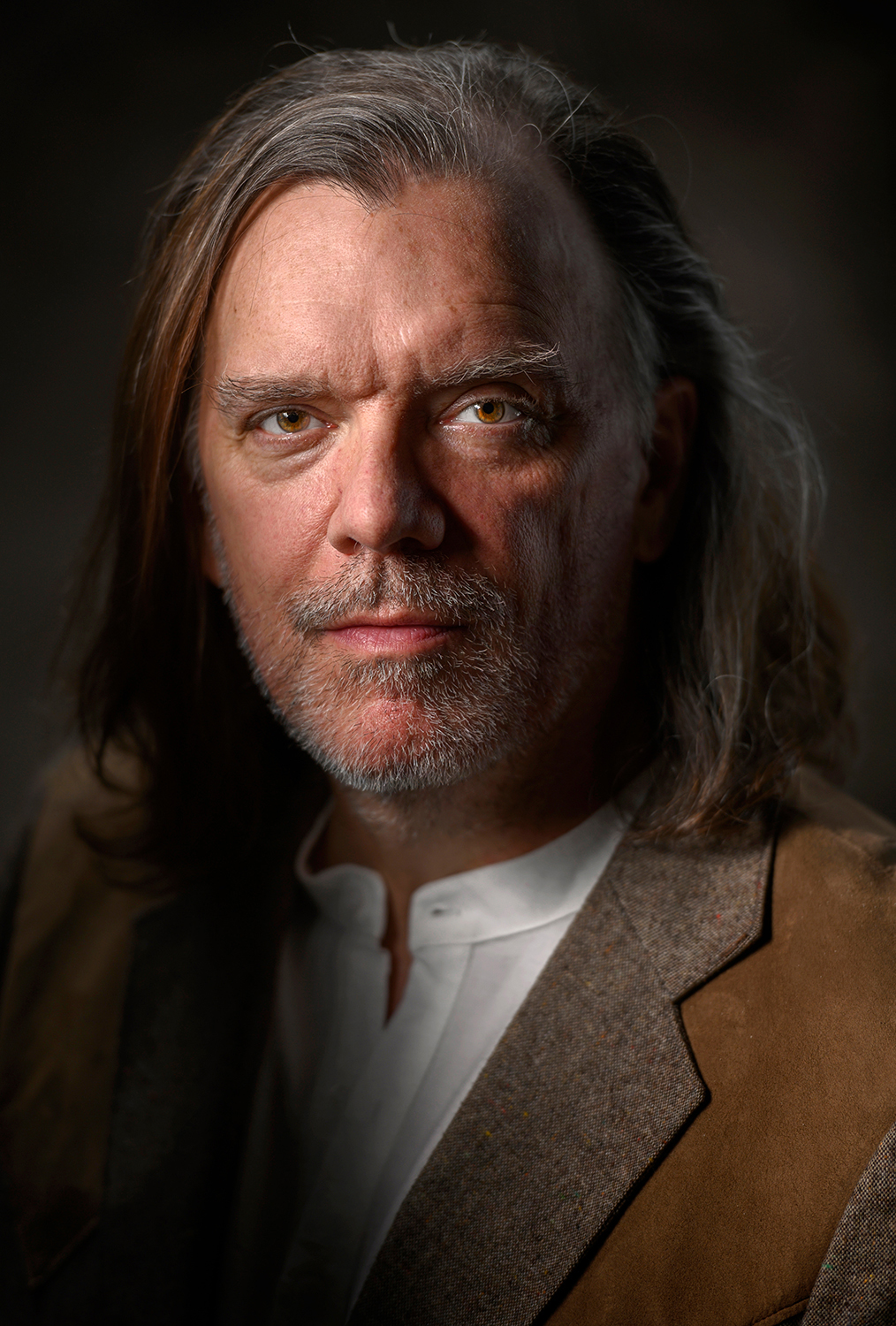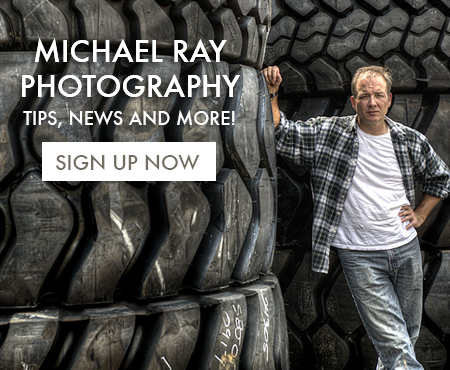Headshot Photography for Rick Dutrow
I guess most people here in Pittsburgh know me for my food or headshot photography, but over the past few years, I’ve become more and more involved in the local indie film community, as a sound and lighting guy. It all started when my good photographer friend and I decided to get more involved with shooting video. The need for still photography is still strong, but the need for video is becoming too great to ignore.
I knew a lot about lighting but not all that much about capturing quality sound, so I figured that I needed an education and a lot of practice. After watching a million videos on YouTube about capturing production sound, I bought some equipment and became involved in the local film community so that I could gain experience and get the much-needed practice to become competent at capturing sound. I soon came to realize, it’s actually a lot of fun… (more on that in a future post)
One thing I quickly learned is that there are a ton of up-and-coming actors and actresses that need quality headshot photography to help them launch and maintain their careers. I’ve always done headshots and portraits in my career, but this new market has given me an interesting opportunity. I can shoot these headshots exactly the way I want to, and not the way the client wants them. That sounds kinda harsh and selfish, but in my normal world of commercial photography, my first concern has always been to make the client happy and create photos that fulfill “their” vision, and not necessarily my own. Here, I decided that I wanted to fulfill “my” vision and create images that I thought were cool. If the actor (or any subject really) likes my style, then we’re a good match. If not, they can pick another headshot photographer. No biggy…
I’ve always been attracted to certain looks, styles, and techniques. Shooting these headshots became my opportunity to pursue this path of photography.

And that brings us to Rich’s Headshot
I’ve worked with Rich on several film projects now and I think he is truly a gifted actor, and so is his wife. They’re realtors by day and actors at night and on the weekends. When I think of Rick, I think of drama. Everything about him is dramatic, his voice, his actions, and above all his face. The long hair and rough looks are perfect for the type of headshots I like to do.
Headshot lighting technique
Besides the handsome face, there are several things that make this photo successful (IMHO). One of the most important things to creating a dramatic headshot is the lighting.
Part of me doesn’t want to share these lightning techniques, but I guess that’s what the internet is about, sharing, so here goes…. Unless you’re a photographer, most of what I’m about to explain won’t mean much to you, but if you’re interested or a novice photographer, there’s probably a lot to learn here. I’m about to give you a few details, but there are subtleties that can make or break the photo, and those are things that are just too nuanced to communicate here. I’ll be writing more about these techniques, so you may want to check out later posts.
Headshot Light # 1 – The main light
I use a small gridded softbox (about 12” square). When I say gridded, I mean I use the soft egg-crate grid, especially made for the box. The reason for the “small” is to help increase the texture of the face and to create those dramatic/harsh shadows. I use the “grid” to keep the light isolated to the face and off most of the other parts of the body. I want the face to “pop” off the page and by lighting only the face, it helps makes that happen. There’s another method I use to create the falloff, but I’ll discuss that in another post at another time.
Note: Another way to help make the face prop, is to use a dark background and have the subject wear dark clothing.
Headshot Light #2 – The shadow texture light
While there is no true fill light used on this headshot, I have placed a “3/4 rear”, vertical, gridded strip light, to bring texture to the shadow side of the face and to help separate the subject from the background. I end up playing with the intensity and direction of this light, quite a bit. Much depends on the specific subject and just how dramatic I want to go with the lighting. The key is to add just the right amount of texture and separation, without taking away the drama. Of course, it’s subjective and part of the “art” of headshot photography.
Headshot Light #3 – The hair light
I use a large gridded strip box as a hair light, mostly to separate the subject from the background, but also to add texture to the head and shoulders. This is one of the real keys to making a great headshot. I see too many novice headshot photographers that don’t understand this important aspect of shooting headshots. In my opinion, it’s important that the subject not blend into the background. Dark is one thing, but losing the shape of the person into a black void, doesn’t look good in my opinion. Again, it’s all subjective and there is no right or wrong. It’s art and if you’re a photographer and you think it’s cool to have your subject merge with the background, then fine, but in my opinion, it’s an amateur mistake.
Headshot Light #4 – The background light
It may not look like I have a background light on Rick’s headshot photo, but I do. In fact, I think this is a very important part of a good headshot. If the background goes too dark or too light, it ruins the mood of the photo, or at least it greatly influences the mood of the photo. Don’t forget that you’re not just making a photo, but you’re creating a mood. I normally use a gridded bare head (not a box) pointed at a specific spot on the background. I usually try to graduate the light on the background so that the brighter part of the background is behind the darker side of the face and the lighter side of the face is against the darker area of the background.
As many of my headshot subjects will tell you, I spend a ton of time with the lighting, maybe too much time, in some people’s opinions, but that’s what I need to do to create the drama I am looking for. It’s all about nuance. A little tweak here and a little teak there, and that’s the art of dramatic headshot photography lighting.
As I mentioned before, there is another important technique that I’ve been employing in my dramatic headshot photography, but I’m going to save that subject for another post. This technique is pretty cool. Can you tell what it might be?
Well, that’s for reading along this far. If you want to see more of this style of dramatic headshot, here’s a link to a gallery of similar dramatic images. If you’d like to talk to me about shooting a headshot, you can reach me at 412-418-2838 or by email. And please remember, this headshot technique can be used for business portraits or other commercial or editorial photographs. It may be just different enough to make your photo stand out from the crowd.
If you’d like to learn more about the indie filmmaker community here in Pittsburgh, You might want to check out this Facebook group.

